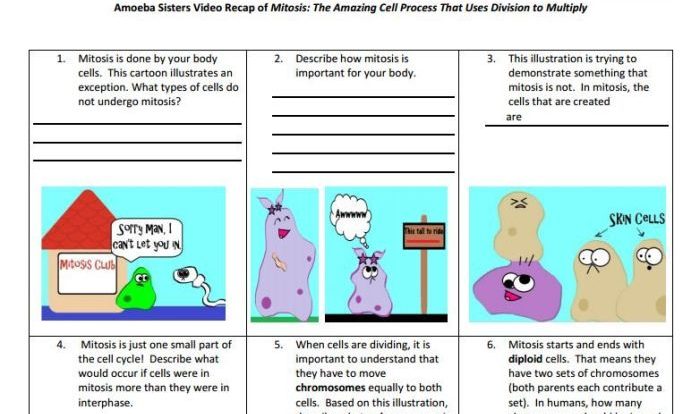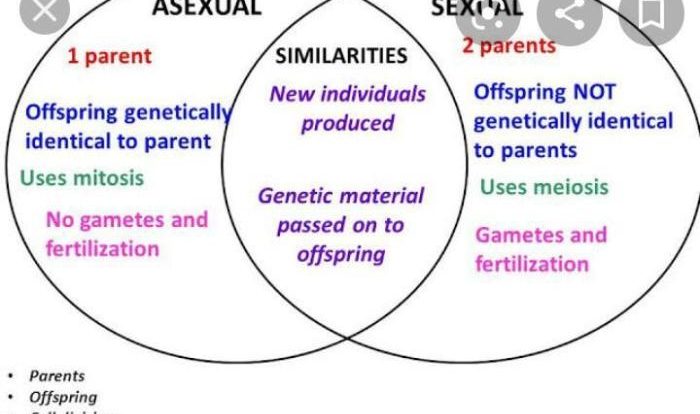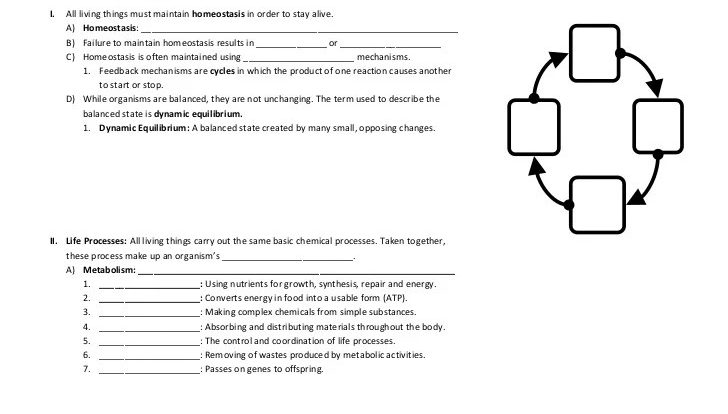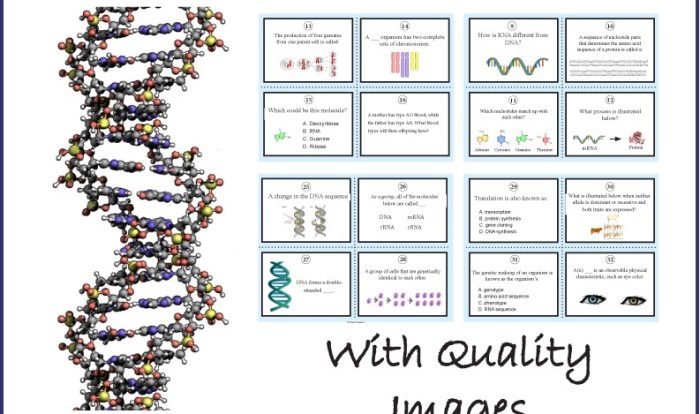Natural selection amoeba sisters answer key unveils the intricate workings of natural selection, a cornerstone of evolutionary biology. Through the captivating lens of the Amoeba Sisters video, this guide explores the fundamental principles and real-world applications of this pivotal concept.
Delving into the video’s vivid depiction of natural selection, we uncover the mechanisms driving the survival and adaptation of amoebas. The interplay between genetic variation and environmental pressures takes center stage, illuminating the evolutionary journey of these fascinating organisms.
Amoeba Sisters: Natural Selection

The Amoeba Sisters video presents natural selection as a driving force in the evolution of amoebas. Natural selection is the process by which organisms with advantageous traits are more likely to survive and reproduce, passing on their genes to the next generation.
This leads to the gradual accumulation of beneficial traits within a population.
In the video, natural selection is depicted through the example of amoebas living in different environments. Amoebas that possess traits that allow them to better adapt to their surroundings, such as the ability to withstand extreme temperatures or consume specific food sources, are more likely to survive and reproduce.
Over time, these advantageous traits become more common within the population, resulting in the evolution of amoeba species that are well-suited to their respective habitats.
Genetic Variation and Environmental Pressures, Natural selection amoeba sisters answer key
Natural selection relies on the presence of genetic variation within a population. Genetic variation arises from mutations, which are changes in the DNA sequence. These mutations can lead to new traits or variations in existing traits. Environmental pressures, such as predation, competition for resources, and changes in climate, act as selective forces that favor certain traits over others.
Organisms with traits that are better suited to the prevailing environmental conditions are more likely to survive and reproduce, passing on their advantageous genes to their offspring.
Adaptations and Survival

Amoebas have evolved a range of adaptations that enhance their survival in diverse environments. These adaptations include:
- Pseudopodia:Finger-like extensions that allow amoebas to move, capture prey, and engulf food.
- Contractile vacuoles:Structures that help amoebas regulate their water balance, particularly in freshwater environments.
- Food vacuoles:Compartments within the amoeba that store and digest ingested food.
- Nucleus:The control center of the cell, containing the amoeba’s genetic material.
- Cell membrane:A semi-permeable barrier that surrounds the amoeba, regulating the exchange of substances with the external environment.
These adaptations enable amoebas to thrive in a variety of habitats, from freshwater ponds to marine environments. Genetic diversity within amoeba populations allows for the evolution of new adaptations that further enhance their survival in changing environmental conditions.
Evolution of Amoeba Species

Amoebas have a long evolutionary history, dating back to the early stages of life on Earth. Over time, different amoeba species have evolved to occupy diverse ecological niches, from freshwater habitats to the deep sea. The evolutionary history of amoebas can be traced through the fossil record and genetic studies.
Speciation in amoebas is driven by mechanisms such as:
- Geographic isolation:When populations of amoebas become geographically separated, they may evolve independently, leading to the formation of new species.
- Natural selection:Environmental pressures can favor different traits in different populations, leading to the gradual divergence of species.
- Hybridization:The interbreeding of different amoeba species can sometimes result in the formation of new, hybrid species.
Today, there are numerous species of amoebas, each with its own unique characteristics and adaptations. Examples include:
- Amoeba proteus:A common freshwater amoeba known for its large size and ability to change shape.
- Entamoeba histolytica:A parasitic amoeba that causes amoebic dysentery in humans.
- Acanthamoeba castellanii:An amoeba that can cause eye infections and other health problems.
Applications of Natural Selection
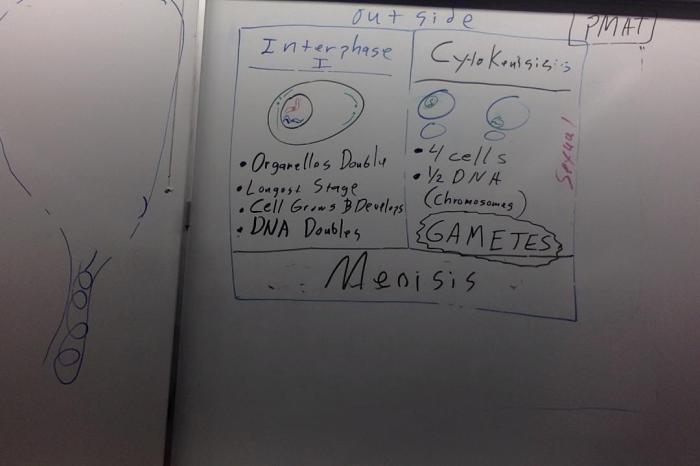
The principles of natural selection have wide-ranging applications in other fields, including:
Medicine
- Antibiotic resistance:Bacteria can evolve resistance to antibiotics through natural selection, making it more difficult to treat infections.
- Drug development:Understanding natural selection can help researchers develop new drugs that target specific genetic mutations.
- Personalized medicine:Natural selection can be used to tailor medical treatments to individual patients based on their genetic makeup.
Agriculture
- Crop improvement:Farmers use natural selection to breed crops with desirable traits, such as increased yield, resistance to pests, and tolerance to environmental stresses.
- Livestock breeding:Animal breeders use natural selection to improve the traits of livestock, such as growth rate, meat quality, and disease resistance.
By understanding natural selection, scientists and researchers can harness its power to address real-world problems and improve human health and well-being.
Clarifying Questions: Natural Selection Amoeba Sisters Answer Key
What is natural selection?
Natural selection is a fundamental mechanism of evolution that favors individuals with traits best suited to their environment, leading to the survival and reproduction of those traits.
How does natural selection work in amoebas?
In amoebas, natural selection operates through the differential survival and reproduction of individuals with advantageous traits, such as faster movement or better nutrient absorption.
What is the role of genetic variation in natural selection?
Genetic variation provides the raw material for natural selection to act upon, ensuring that individuals within a population possess diverse traits that may prove advantageous in different environments.
